Altcoin
GT’s Comeback Journey Amid the Crypto Winter


Editorial Note: The following content does not reflect the views or opinions of BeInCrypto. It is provided for informational purposes only and should not be interpreted as financial advice. Please conduct your own research before making any investment decisions.
In the cryptocurrency market, volatility and uncertainty are the norm. Recently, the overall market has been on a downward trend. Bitcoin (BTC) dropped by 15% over the past 90 days, and among the top 100 tokens by market cap, only 17 achieved positive returns.
Amid this environment, GateToken (GT) defied the trend with a 65% surge, emerging as one of the few tokens to register significant growth. This phenomenon has drawn widespread market attention and offered a fresh perspective on the evolution of the crypto space.
GT’s performance isn’t an isolated case but rather the result of a confluence of factors. This article will provide an in-depth analysis of GT’s rise in the face of market adversity, examining its underlying technology, ecosystem, and market strategies, as well as comparing it to other mainstream exchange tokens to offer valuable insights for both investors and industry professionals.
Mainstream Assets Plunge: BTC Drops 15%
Against this overall market decline, GT has stood out. According to CoinMarketCap, GT surged by as much as 65% over the past 90 days, ranking among the top 10 tokens in the top 100 by market cap.
The data further highlights GT’s impressive performance over the past year. Its annual gain exceeded 300%, breaking through $17.699 in December 2024 with a 24-hour increase of 20.1%. In January 2025, GT hit a high of $25.960, and its total circulating market cap surpassed $2.5 billion. As of March 2025, GT’s price has been trading between $21.3 and $22.5, with a nearly 60-day gain of 11.44%, underscoring its robust market performance.
Navigating a Volatile Market: GT’s Resilience Stands Out
Market cycles of bull and bear trends are the norm in crypto, yet few assets manage to maintain stability amid such turbulence. Over the past year, GT has demonstrated remarkable resilience, a key characteristic of its market performance. This resilience is reflected not only in its price stability but also in its sustained trading activity and growing volume.
From a technical perspective, the GateChain network completed its v1.1.6 mainnet upgrade in August 2024. The new gas mechanism and burn strategy have laid the foundation for the ecosystem’s steady growth. The enhanced gas-burning mechanism further reduces the total supply of GT, increasing its scarcity and value potential. These technological innovations and optimizations create an efficient and reliable deflationary environment, providing strong technical support for GT’s long-term development.
On the market side, GT’s resilience is also driven by its extensive utility within the ecosystem. It plays a crucial role in trading fee discounts, VIP privileges, staking rewards, and on-chain governance, ensuring consistent market demand. These diverse applications enhance GT’s market value, allowing it to maintain strong trading activity and volume even amid market fluctuations.
Ecosystem Empowerment Fuels Global User Growth
The development of a robust ecosystem is a key indicator of a project’s future potential, and GT has excelled in this area. By rapidly launching innovative products and services, GT has accelerated user adoption and driven substantial growth. As of March 2025, Gate.io’s global user base has surpassed 21 million.
Moreover, by the fourth quarter of 2024, the Gate Web3 ecosystem had significantly enhanced its multi-chain support capabilities through continuous iterations, expanding to 199 public chains and adding over 54 million new addresses. As more applications and public chains integrate, GT is poised to play an increasingly vital role across the entire ecosystem.
Recent announcements indicate that GateChain plans to continually upgrade core functionalities, including DApp development, and expand its Web3 ecosystem to encompass wallets, trading, earn, NFTs, and meme tokens. This ongoing ecosystem empowerment is expected to significantly enhance GT’s value, attract more potential users, and provide richer application scenarios and investment opportunities.
Estimate Recovery: Robust Scarcity and Market Confidence
Beyond that, estimate recovery is a key indicator of a project’s market acceptance. GT’s performance in this area is also impressive. With an innovative and ongoing burn mechanism, the circulating supply of GT has steadily declined, markedly increasing its scarcity.
As the Utility Token and Gas Fee Payment Token on GateChain, GT underpins the network’s core transfer system. Since GateChain went live in 2019, GT has been continuously burned, reducing its total supply by approximately 60% from the initial 300 million tokens.
Recent data reveals that in Q4 2024, GT completed an on-chain burn, with 2,904,885.4321514 tokens destroyed, valued at over $63.9 million. To date, a total of 177 million GT tokens have been burned, positioning it as a leader in burn scale within the industry.
In terms of market capitalization, GT has seen significant improvements in both value and ranking over the past two years. In early 2024, GT’s market cap was under $1 billion; by March 2025, it had surged past $2.6 billion, securing a spot among the top 50 cryptocurrencies globally. Currently, GT boasts a market cap of $2.68 billion, ranking 46th.
GT Quietly Breaks Through Amid Fierce Battles with BNB and OKB
In the cryptocurrency market, GT faces intense competition from seasoned heavyweights such as BNB and OKB. A comparative analysis reveals GT’s survival strategies and development potential as it goes head-to-head with these industry leaders.
Focusing on Core Innovation, GT Has Cracked the Code
GT’s success is largely due to its agile innovation strategy. By rapidly expanding into emerging markets and continuously launching new products and services that meet market demand, GT has swiftly seized market opportunities. This innovative approach not only enhances its competitive edge but also provides a valuable time window in its battle against established players.
In practice, GT’s innovation isn’t limited to technological advancements. It also lies in its sharp market insights and quick responsiveness. This ability enables GT to adapt rapidly to market changes, capture significant market share in a short period, and successfully establish its competitive advantage.
Leveraging Ecosystem Integration, BNB Focuses on Steady Growth
In contrast, legacy players like BNB and OKB solidify their market positions through robust ecosystem integration. By forging close partnerships with multiple collaborators and platforms, BNB achieves synergistic growth across various sectors, thereby boosting its overall competitiveness.
Regarding token burn mechanisms, GT currently has a circulating supply of 96 million tokens and a burn rate of 58.06%. This represents the highest burn rate, lowest circulating supply, and most pronounced scarcity among its peers. Meanwhile, BNB employs a relatively conservative burn strategy; however, its market cap remains impressive, exceeding GT’s by more than tenfold and placing it in the fifth position.
Sticking to a Long-Term Vision, Exchange Tokens Thrive
The meteoric rise of GT in the cryptocurrency market is no accident. It’s the inevitable result of multiple converging factors. Its outperformance during market downturns can be attributed to robust resilience, efficient ecosystem empowerment, and ongoing estimate recovery. Through dynamic competition with established industry players, GT has broken through the market by leveraging agile innovation strategies and unique competitive advantages.
As the crypto market and Web3 ecosystem continue to expand, tokens such as BNB, OKB, and GT are poised to play increasingly significant roles, capturing greater market share and earning enhanced user trust. In the ever-evolving crypto landscape, exchange tokens have consistently been a promising avenue for industry growth. However, market uncertainty remains, and their future paths still face numerous challenges.
Disclaimer: The content herein does not constitute any offer, solicitation, or recommendation. You should always seek independent professional advice before making any investment decisions. Please be noted that Gate.io may restrict or prohibit the use of all or a portion of the Services from Restricted Locations. For more information, please read the User Agreement.
Disclaimer
This article contains a press release provided by an external source and may not necessarily reflect the views or opinions of BeInCrypto. In compliance with the Trust Project guidelines, BeInCrypto remains committed to transparent and unbiased reporting. Readers are advised to verify information independently and consult with a professional before making decisions based on this press release content. Please note that our Terms and Conditions, Privacy Policy, and Disclaimers have been updated.
Altcoin
Whispers Of Insider Selling As Mantra DAO Relocates Nearly $27 Million In OM To Binance


The cryptocurrency project Mantra is coming under increasing suspicion after its OM token shed 90% of its value within a single day. The value dropped from $6.27 to only $0.72, erasing more than $5 billion in market value. What transpired next only served to worsen the situation.
Based on blockchain data, Mantra DAO—the project’s behind-the-scenes organization—sent $26.95 million of OM tokens to a Binance wallet on Monday, April 14. This is just after the price’s massive dump, which triggered red flags among observers.
Detractors cite a disturbing fact: the Mantra team owns around 90% of all OM tokens. The high concentration of ownership and timing of the exchange transfers have fueled accusations of potential insider selling.
With 90% already dumped in $OM, it seems like the $OM team is about to sell more.
2 hours ago, the @MANTRA_Chain DAO staked wallet sent 38M $OM ($26.96M) to #Binance Cold Wallet.https://t.co/nSttgmuqzg pic.twitter.com/Vsc2q346fC
— Onchain Lens (@OnchainLens) April 14, 2025
Mantra CEO Denies Token Dumping Accusations
Mantra chief executive JP Mullin has rebutted such allegations. He said the team and investors didn’t dump their holdings during the crash.
Instead, Mullin attributed the price decline to “forced liquidations” instigated by cryptocurrency exchanges. Such liquidations occur when exchanges sell traders’ holdings automatically after they are unable to cover margin calls.
But his account is not to everyone’s liking. Various independent analysts have monitored suspicious token transfers that point to a different narrative.

OM price has sustained a steep drop in the last week. Source: CoinMarketCap
On-Chain Detective Work Reveals Suspicious Transfers
Crypto analyst Max Brown found that Mantra transferred nearly 4 million OM tokens to cryptocurrency exchange OKX shortly before prices began to decline.
The problem for investigators is that once tokens are moved to centralized exchanges like Binance or OKX, they become much more challenging to trace. This is essentially a blind spot where the tokens can be disposed of while leaving behind no clear trail on public blockchains.
MANTRA CHAIN $OM CRASHED 90% IN AN HOUR AND $5.5 BILLION GOT WIPED OUT.
HERE’S HOW AND WHY IT COULD HAVE POSSIBLY HAPPENED 🧵
IT ALL STARTED YESTERDAY WHEN A POSSIBLE $OM TEAM WALLET DEPOSITED 3.9 MILLION OM TOKENS ON OKX.
IT WAS WELL KNOWN IN THE CRYPTO SPACE THAT OM TEAM… pic.twitter.com/9ZQNw4Yrla
— Max Brown (@MaxBrownBTC) April 13, 2025
While analysts cannot prove it for a fact that insiders sold off tokens, the gradient of movements into exchanges just ahead of the price tumble certainly gives room for serious doubt.
Exchanges Provide Varying Account Of The Crash
Major cryptocurrency exchanges launched investigations as to what triggered the spectacular fall of the OM token.
Binance, the largest crypto exchange in terms of trading volume, corroborates Mullin’s account. In early findings, they indicate cross-exchange liquidations most likely caused the crash, which would support the CEO’s explanation.
OKX paints a different picture. The exchange cited “major changes” in OM’s tokenomics as a possible cause. They also noted that multiple blockchain addresses had sent large quantities of tokens to exchanges during the time of the crash.
The contradicting accounts by various players in the market have left investors uncertain about what actually transpired. With $5 billion of market value lost and no certainty, confidence in the project has been severely undermined.
Featured image from Blueberry Markets, chart from TradingView

Editorial Process for bitcoinist is centered on delivering thoroughly researched, accurate, and unbiased content. We uphold strict sourcing standards, and each page undergoes diligent review by our team of top technology experts and seasoned editors. This process ensures the integrity, relevance, and value of our content for our readers.
Altcoin
Has XRP Price Already Bottomed? Analyst On How Ripple Coin Can Hit $15
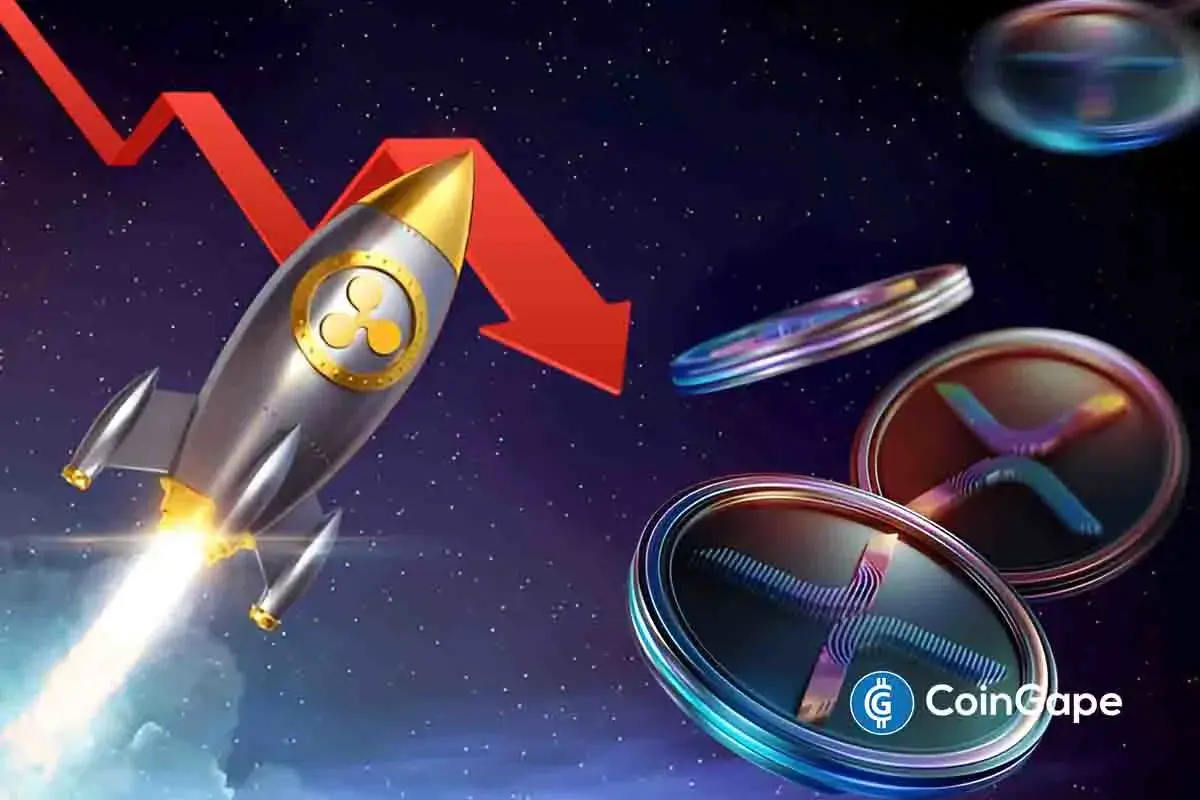
XRP price has recorded marginal gains today and held its $2.15 support as the broader crypto market stayed in the green. Amid this, a top analyst revealed that Ripple’s coin may have already hit its bottom. However, he also highlighted some key conditions that the crypto must attain to confirm the bottom.
Meanwhile, another expert has also shared key insights and mathematical calculations, which showed how Ripple’s native crypto might hit the $15 ahead.
XRP Price Holds $2.15 Support: Has It Already Bottomed Out?
XRP price has added around 0.23% during writing and exchanged hands at $2.15, while its one-day volume fell 25% to $2.99 billion. Notably, the crypto’s current market cap stood at $125.33 billion and the token has touched a 24-hour high of $2.18.
Besides, CoinGlass data showed that XRP Futures Open Interest also rose 0.5%, reflecting renewed market confidence. Amid this, renowned analyst EGRAG CRYPTO suggests that XRP might have already hit its bottom on April 7. However, the analyst outlines some key conditions to confirm this trend reversal.
XRP Really Bottomed?
According to the pundit, Ripple’s coin must close a weekly full-body candle above $2.10, the 21-week EMA, and notably above $2.25. If these conditions are met, it would strongly confirm the bottoming out of XRP price. However, failure to achieve these conditions may lead to other market narratives emerging, the expert noted.

Meanwhile, despite the soaring discussions, another expert recently hinted that the crypto might hit $15, citing XRP ETF inflow as the key factor.
Ripple’s Coin To Hit $15? ETF Inflow Calculation Shows
In a recent analysis, market expert Zach Rector made a bold prediction that XRP price could reach $15 and beyond, driven by anticipated inflows from Exchange-Traded Funds (ETFs). According to Rector, JPMorgan’s estimate of $4 to $8 billion inflows into XRP ETFs in the first year could trigger a significant price surge.
A Closer Look Into The Calculation
Using his market cap multiplier model, Rector calculated that a conservative $4 billion inflow could lead to a 200x multiplier, resulting in an $800 billion increase in XRP’s market cap. Adding this to the current market cap of $125 billion would take the total market cap to $925 billion. With a circulating supply of 60 billion XRP tokens, this would translate to a price of $15.42 per token.
Rector’s analysis is based on the market cap multiplier theory, which measures how inflows can amplify an asset’s valuation. He cited a recent example where XRP’s market cap grew by $7.74 billion in just eight hours, fueled by a mere $12.87 million in inflows, resulting in a 601x multiplier.
While Rector’s prediction seems ambitious, industry leaders are growing more confident about the prospect of an XRP ETF. Ripple CEO has predicted that at least one XRP ETF could launch in the second half of 2025. If Rector’s analysis is correct, the anticipated ETF inflows could trigger a significant rally for XRP price, making $15 a realistic target.
Meanwhile, this also comes as Ripple’s coin continues to witness an influx, outshining BTC, ETH, SOL, and others. A recent report showed that XRP defied the broader market trend last week when the broader digital assets space noted an outflux of over $790 million.
Additionally, a recent Ripple price analysis also showed that the XRP ETF launch, among other factors, could trigger a short-term surge to $5.5 for the crypto. However, investors should exercise caution and conduct their own research before making any investment decisions.
But, this prediction seems to have sparked interest in the crypto community, with many eagerly awaiting the potential launch of XRP ETFs in 2025.
Disclaimer: The presented content may include the personal opinion of the author and is subject to market condition. Do your market research before investing in cryptocurrencies. The author or the publication does not hold any responsibility for your personal financial loss.
Altcoin
Binance Delists This Crypto Causing 40% Price Crash, Here’s All
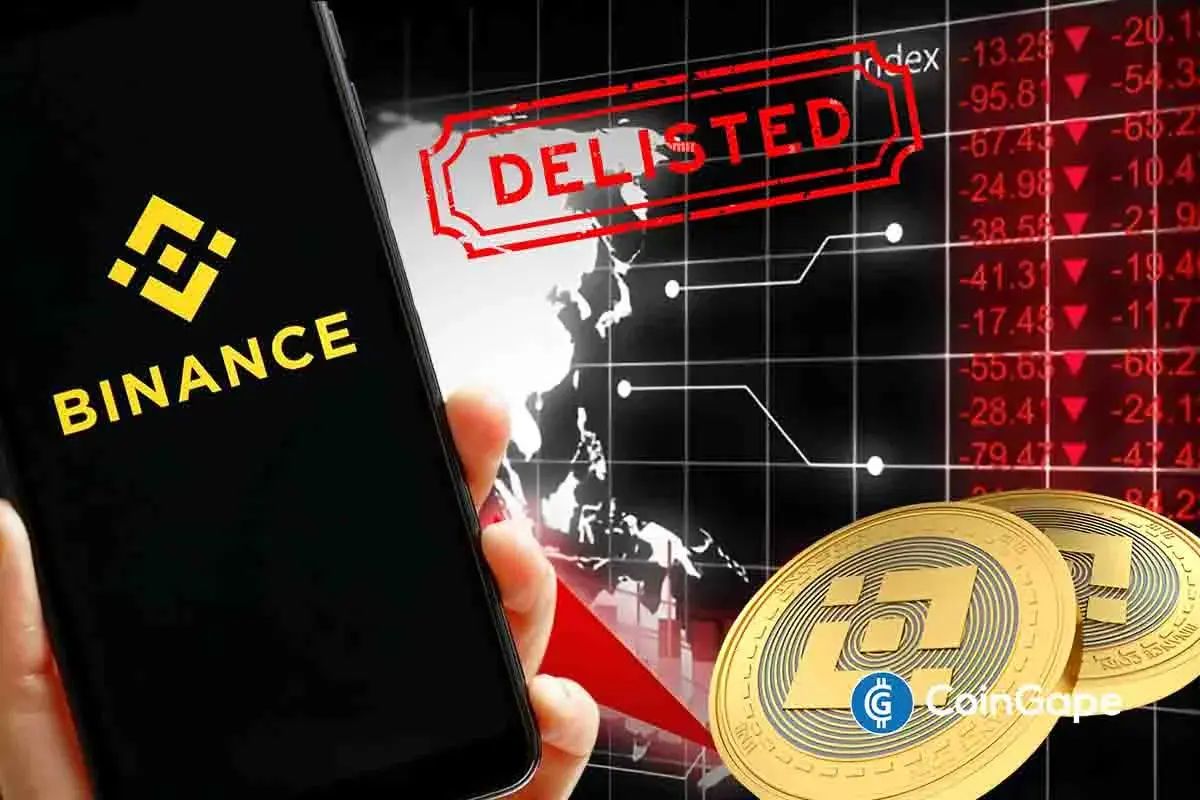
Crypto exchange Binance has recently revealed plans to delist a specific spot trading pair for the VIDT crypto, causing its price to plunge nearly 40% in just a day. The exchange revealed in an official announcement this Tuesday that it will delist the VIDT/BTC trading pair shortly, pushing investors to take a cautious approach while trading the asset.
Binance To Delist VIDT/BTC: Here’s The Timeline
According to an official Binance announcement dated April 15, the VIDT/BTC trading pair will be delisted at 08:30 UTC. The decision to delist this trading pair comes as the crypto exchange looks to protect its users from emerging market risks while also ensuring a high-quality trading experience.
Per the announcement, the spot trading pair mentioned above is being delisted after a thorough periodic review by the exchange. The VIDT/BTC trading pair reflects concerning factors, such as poor liquidity and trading volume, among other reasons that pose a risk to users.
In turn, usual market sentiments remain highly bearish in light of such delistings on one of the top crypto exchanges. Besides, it’s noteworthy that this delisting was initially scheduled to take place on April 16. However, Binance pre-poned the delisting, which caused a sudden shock to traders as the coin’s price promptly crashed severely.
As of press time, VIDT price saw a steep fall of roughly 38%, closing in at $0.001838. The DAO-based token fell from a high of $0.003024 in the past 24 hours. This price drop reflects market uncertainty in the wake of one of the top crypto exchanges delisting the crypto.
Meanwhile, it’s also worth pointing out that Binance offered clarity on OM price crash by revaling a statement recently. CoinGape reported that the crypto exchange titan blamed massive cross-chain liquidations as the primary reason for Mantra’s 90% price crash on Monday. The price crash in turn caused massive liquidations and OM selling, whilst the project also faced rug pull allegations.
Disclaimer: The presented content may include the personal opinion of the author and is subject to market condition. Do your market research before investing in cryptocurrencies. The author or the publication does not hold any responsibility for your personal financial loss.
-
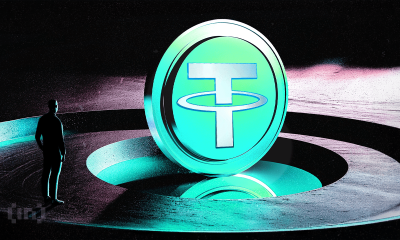
 Market23 hours ago
Market23 hours agoTether Deploys Hashrate in OCEAN Bitcoin Mining Pool
-

 Market22 hours ago
Market22 hours ago3 Altcoins to Watch in the Third Week of April 2025
-
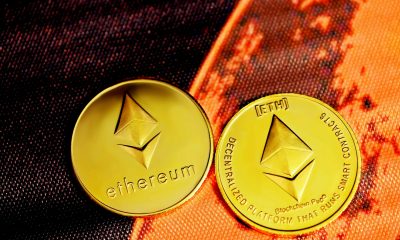
 Ethereum21 hours ago
Ethereum21 hours agoEthereum Price Threatened With Sharp Drop To $1,400, Here’s Why
-

 Market19 hours ago
Market19 hours agoBinance Futures Causes a Brief Crash For Story (IP) and ACT
-

 Market21 hours ago
Market21 hours agoCardano (ADA) Eyes Rally as Golden Cross Signals Momentum
-
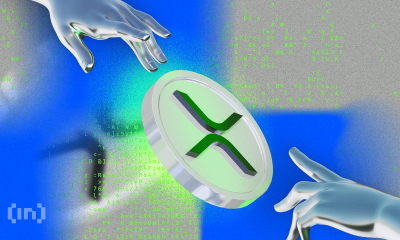
 Market20 hours ago
Market20 hours agoXRP Jumps 22% in 7 Days as Bullish Momentum Builds
-

 Market17 hours ago
Market17 hours agoIs The XRP Price Mirroring Bitcoin’s Macro Action? Analyst Maps Out How It Could Get To $71
-
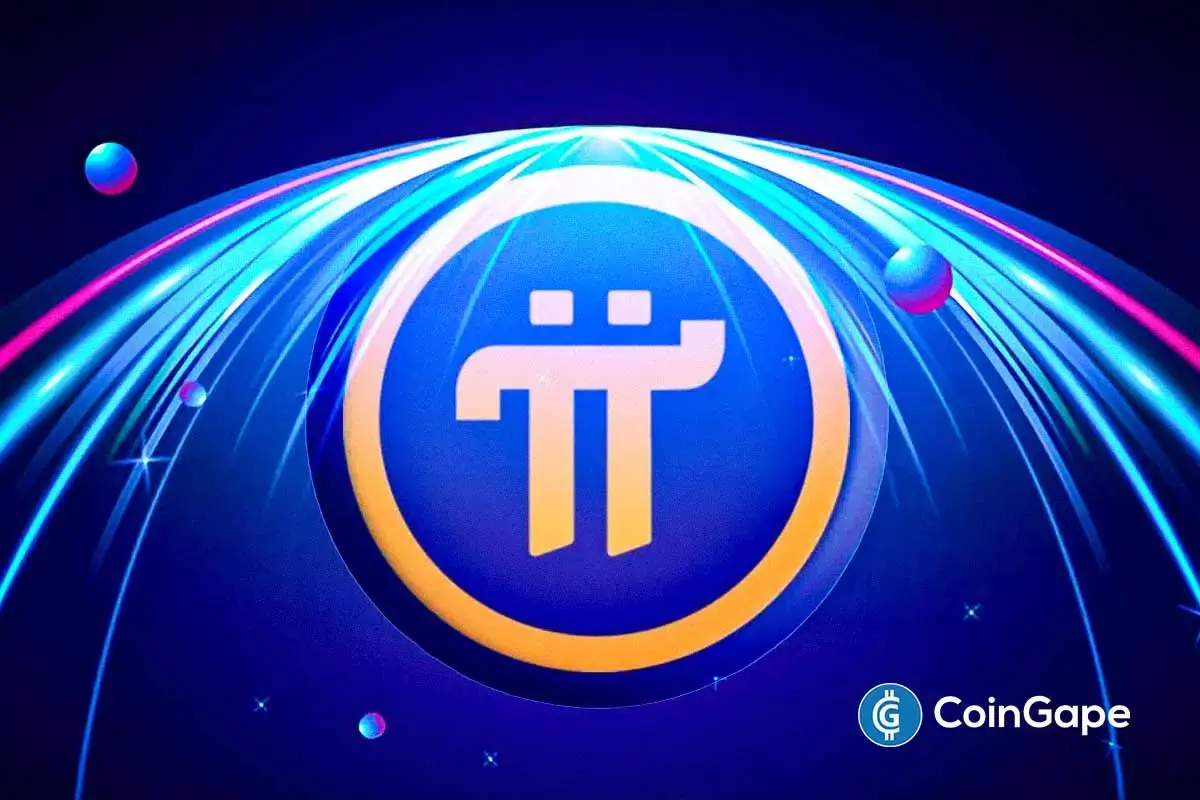
 Altcoin14 hours ago
Altcoin14 hours agoExpert Urges Pi Network To Learn From The OM Crash Ahead Of Open Mainnet Transition





















✓ Share: